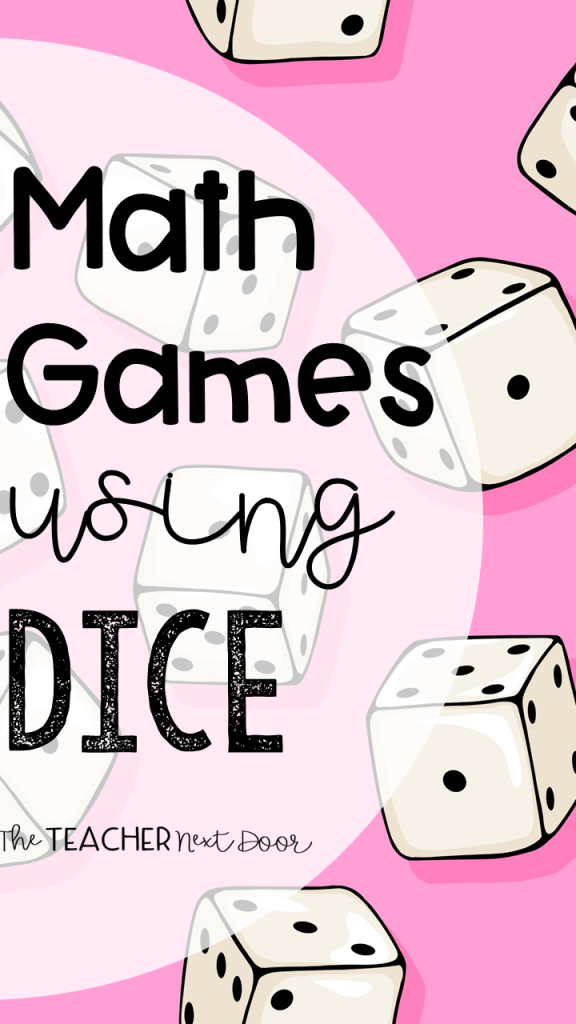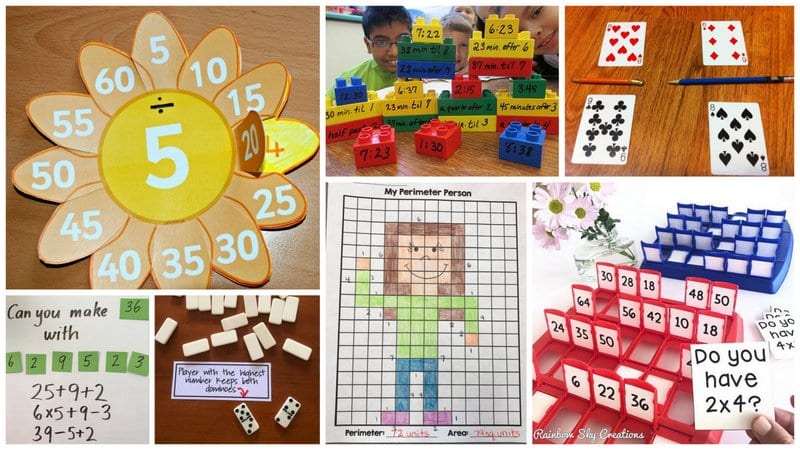
When one player has collected all the cards, the game is over.ĭetermine ahead of time if a player can slap the cards either when he recognizes a fraction can be reduced or not until he figures out the reduced fraction. The player who wins that hand gets to keep the top cards as well as the piles that have accumulated.Ħ. If the fraction can not be reduced, players continue to add new cards until a they form a new fraction that can be reduced. If the player is incorrect, the other player gets to keep the cards.ĥ. If he correctly reduces the fraction gets to keep the cards, adding them to the bottom of his pile to be played again later. The first player to slap the cards gets first dibs at solving the fraction reduction. As soon as a player determines if the fraction can be reduced, he slaps the cards. As soon as the cards are revealed, players attempt to quickly determine if the fraction can be reduced. ( Aces count as 1) For example, if the cards are 4 and 8 the fraction is 4/8, no matter who has the 4 and who has the 8.ģ. The numbers create a fraction, with the smaller card as the numerator and the higher number as the denominator. Each player turns over his or her top card and places it in the center of the table. Shuffle cards and deal out the entire deck between 2 players, face down.Ģ. And can I admit, it's a great way for a parent to refresh her math skills as well? Ahem.Ī deck of cards with face cards ( i.e. Jack, Queen, Kings, Jokers) removed.ġ. By taking the pencil and paper away and focusing on having fun, children who might have anxiety over math can relax a bit.

Win-win.Ī card game is a great way to approach learning about fractions. Since fraction reduction involves division, it also helps them practice simple division skills. This math card game teaches kids about fractions by helping them learn and recognize which fractions can be reduced. When he started learning fractions we started playing a fraction-reduction card game. Justin gave 2/3 of his pizza to 4 friends who shared the pizza equally.My oldest son loves any game that involves mathematics, and when he was younger her loved playing math card games like Tens Go Fish and Make Ten. To write the mixed number four and two-thirds, enter 4, a space, and then 2/3 into the form. Note: To write the fraction three-fourths, enter 3/4 into the form. After you click ENTER, a message will appear in the RESULTS BOX to indicate whether your answer is correct or incorrect. Click once in an ANSWER BOX and type in your answer then click ENTER. Be sure to simplify your result, if necessary. Simplify the result, if necessary.ĭirections: Divide the fractions in each exercise below. Summary: To divide a first fraction by a second, nonzero fraction, multiply the first fraction by the reciprocal of the second fraction. If it is divided into pieces that are 1/8 of an inch long, then how many pieces is that?Īnalysis: To solve this problem, we will divide 3/4 by 1/8. In example 3, it was necessary to simplify the result.Įxample 5: A candy bar is 3/4 of an inch long. In example 2, it was necessary to divide out common factors. This allows us to multiply the first fraction by the reciprocal of the second fraction. Basically, we are changing the division problem to a multiplication problem after inverting the divisor. This method of dividing fractions is also referred to as invert and multiply since we are inverting the divisor and then multiplying.


Procedure: To divide a first fraction by a second, nonzero fraction, multiply the first traction by the reciprocal of the second fraction. This leads us to the following procedure. soĪs you can see, dividing a first fraction by a second, nonzero fraction is the same as multiplying the first fraction by the reciprocal of the second fraction. Since 2 contains 6 one-thirds, we can say that 2 divided by one-third is 6. For example, in the illustration below, you can see that the whole number 2 contains 6 thirds. Division indicates how many times one quantity is contained in another quantity.


 0 kommentar(er)
0 kommentar(er)
